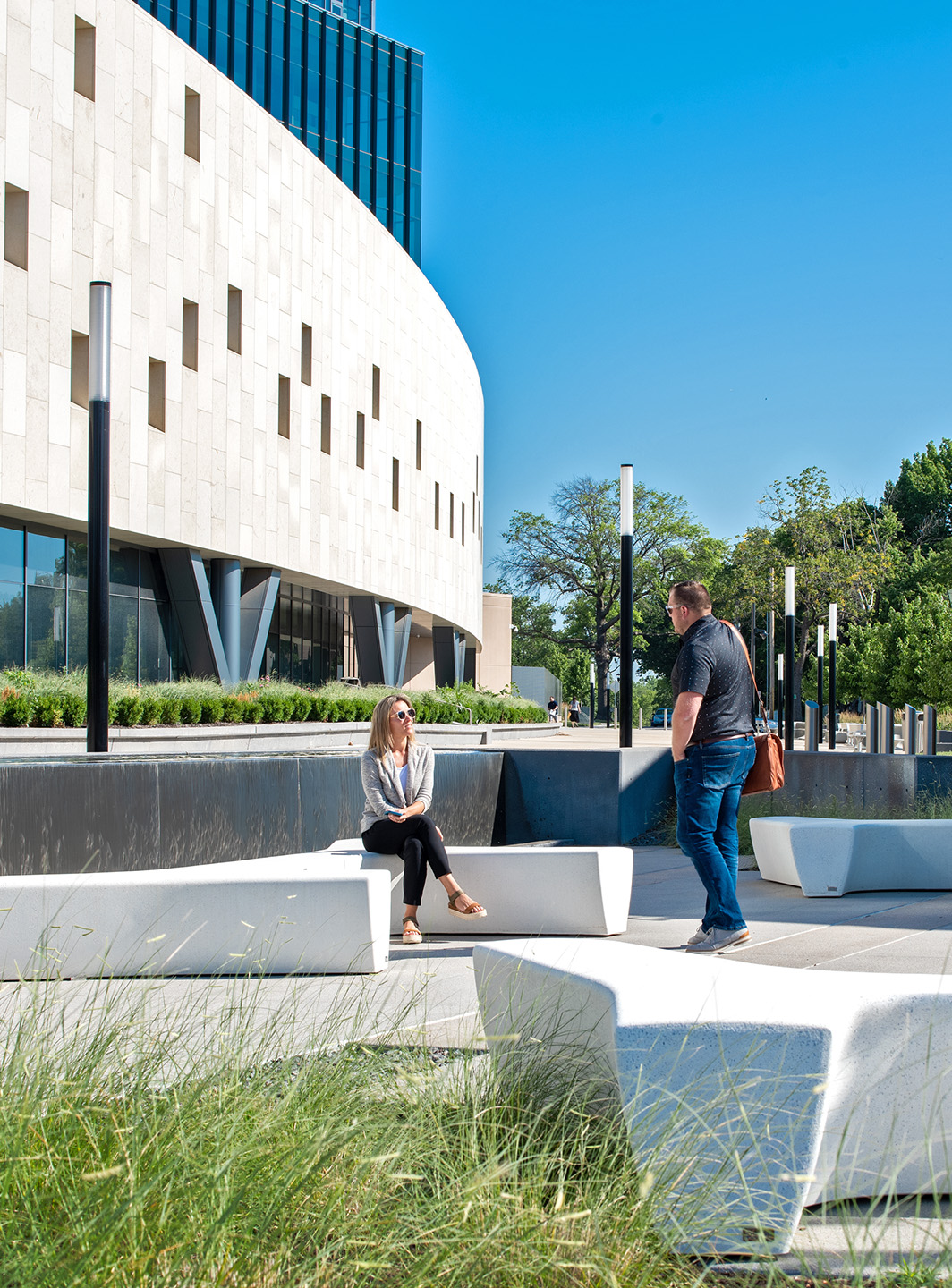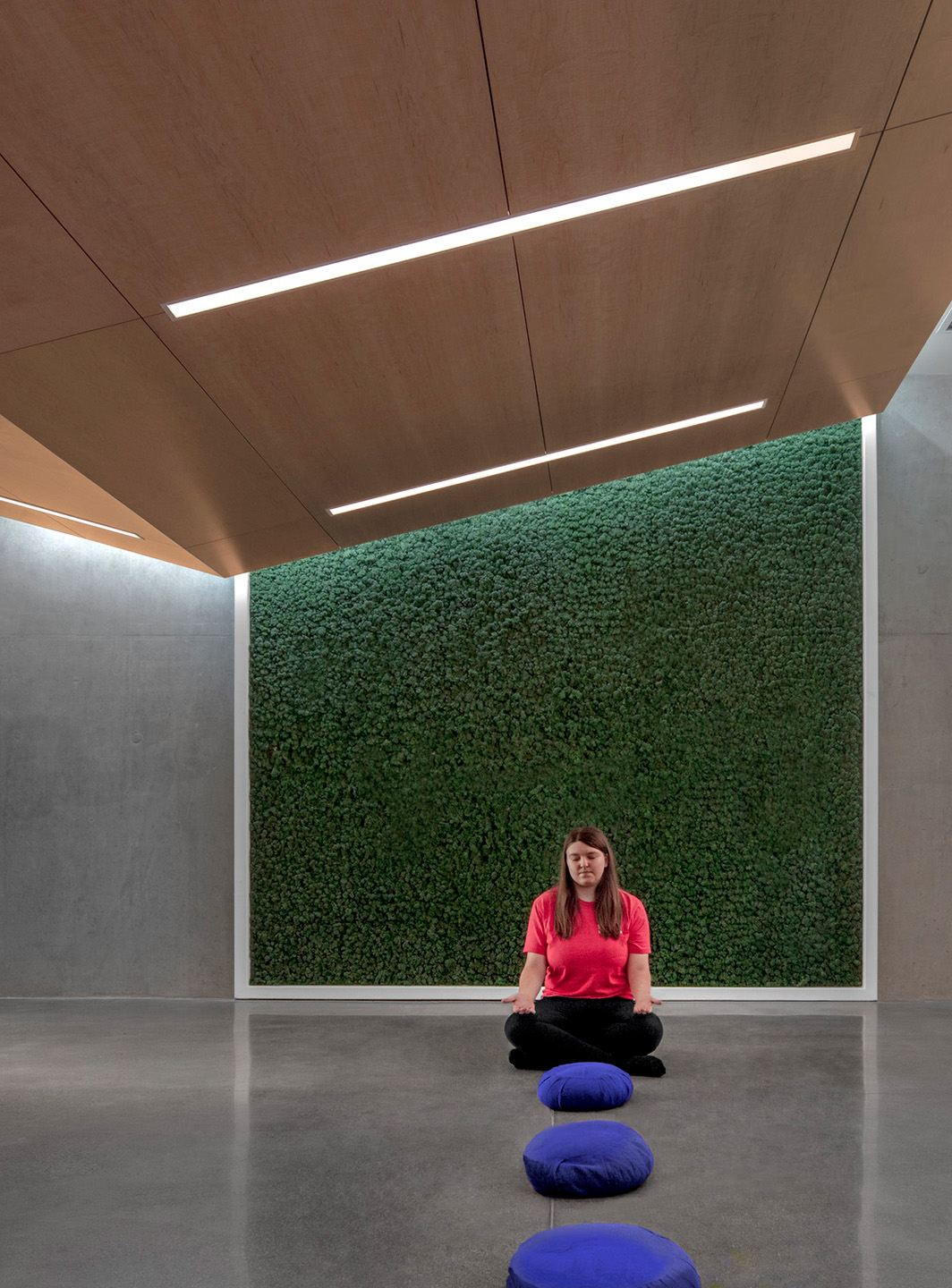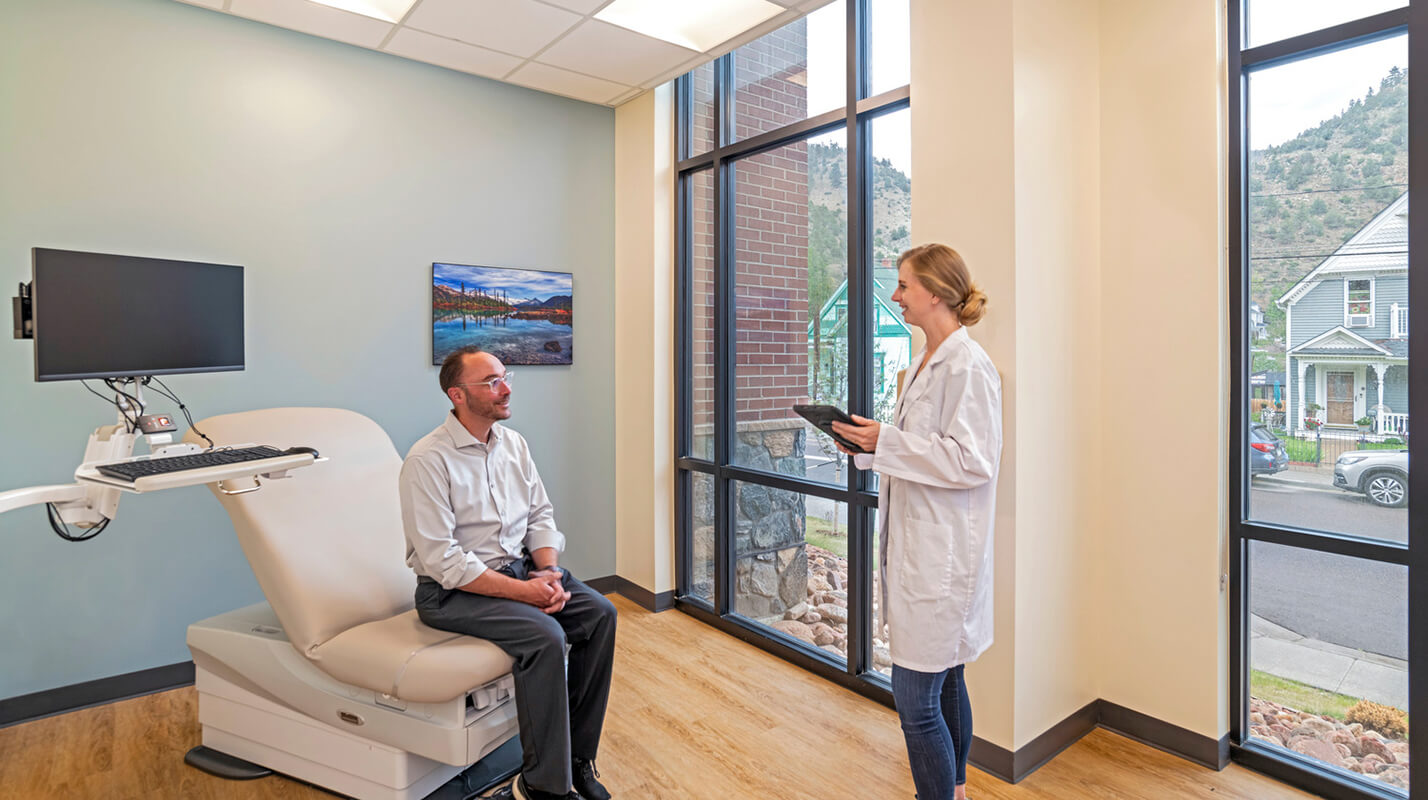Four ways to support students’ mental health and well-being

Survey: how do you support mental health and well-being on your campus?
We asked booth visitors at an ACUHO-I conference to tell us how they’re supporting students’ mental health and well-being. We heard a variety of strategies, which we hope will spark ideas for your own campus and help provide your students with effective tools and programs.
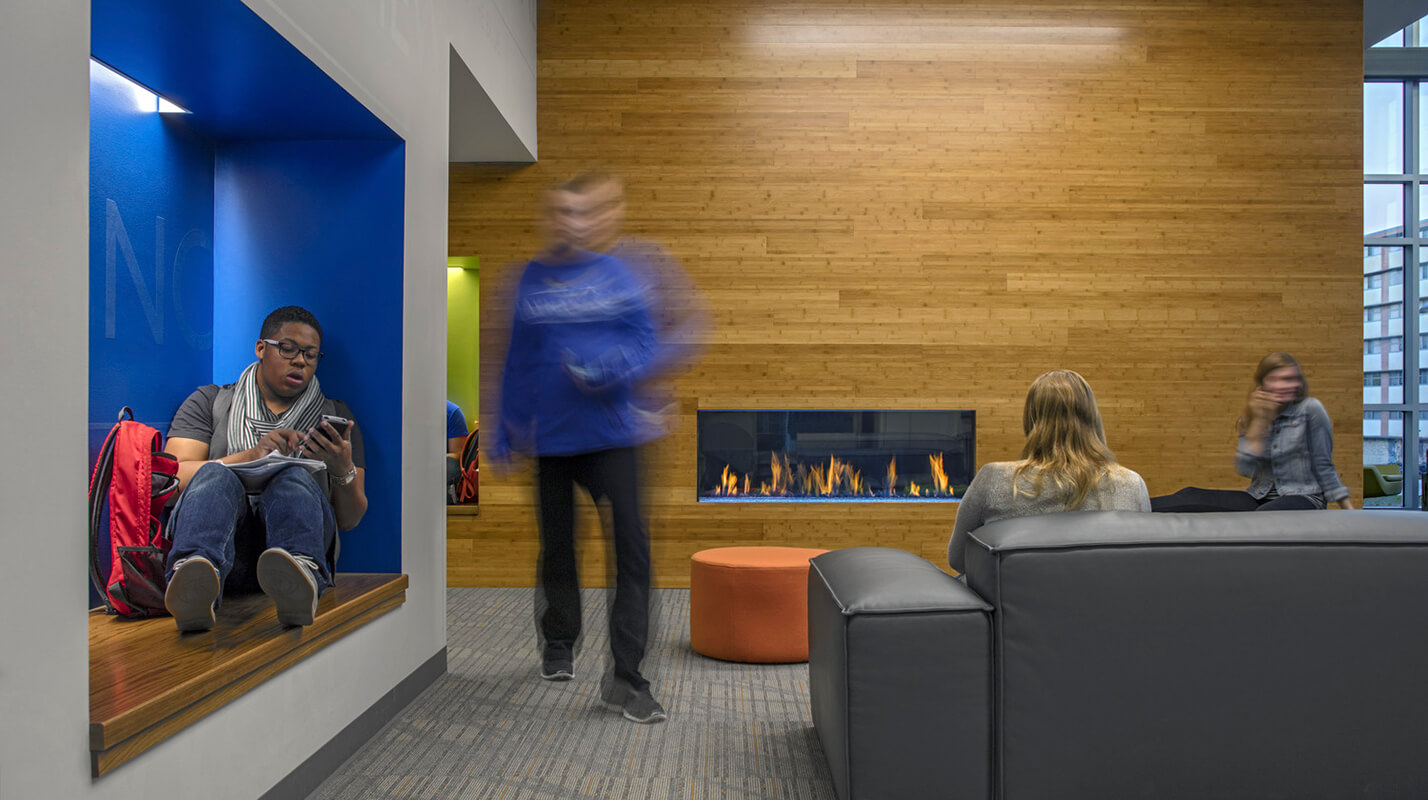
House supportive professional staff on-site
Having counselors and/or physicians on-site was the most common solution we heard about. Many of these professional staff are located in health facilities or even within residence halls. Virtual counseling and satellite counseling is also popular, offering students a way to seek help without having to physically visit a facility, or allowing them the opportunity to visit off-campus.
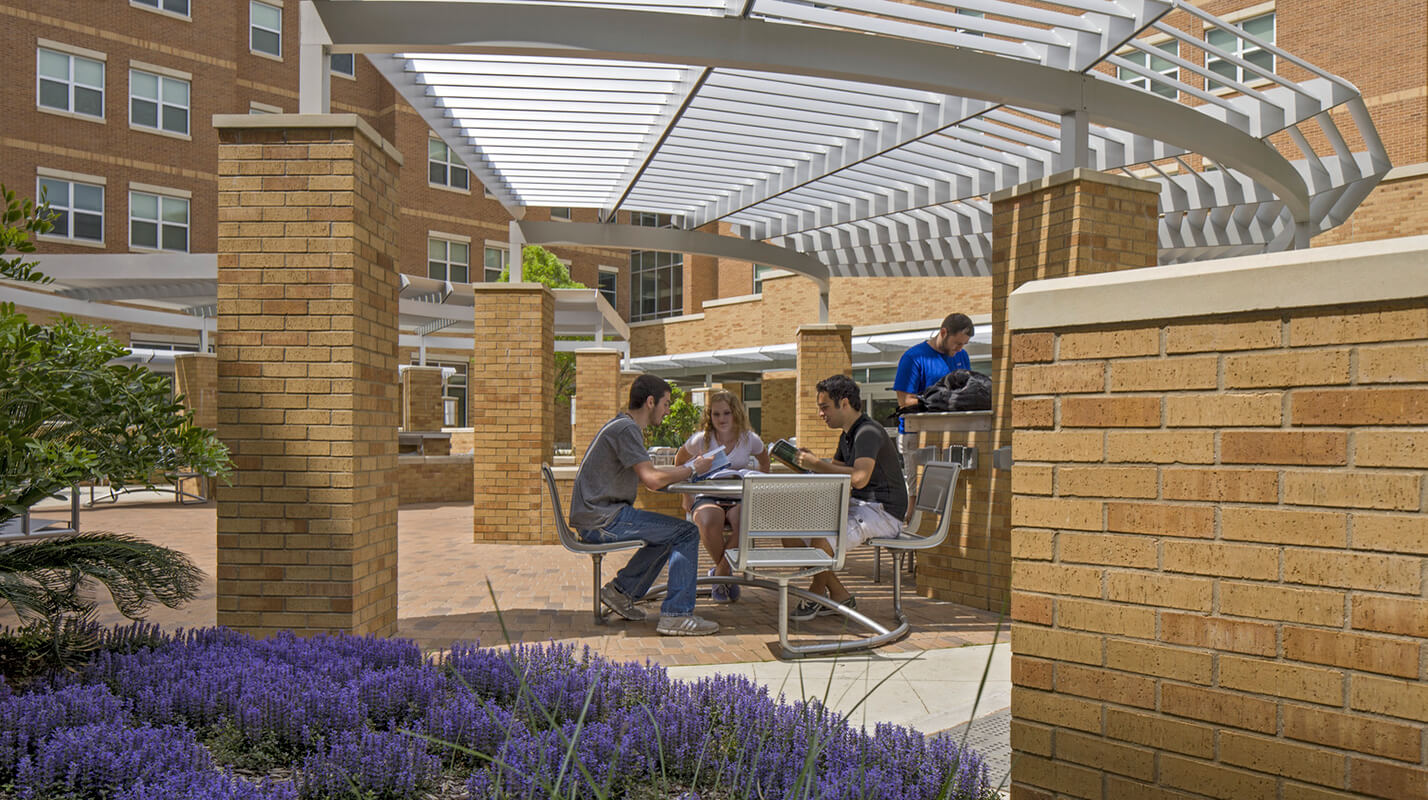
Provide dedicated mental health facilities
We heard several campuses talk about facilities specifically designed to aid student mental health. These facilities provide spaces for:
- Open group discussions
- Creative suites to allow students space to craft, paint, and disconnect from technology
- Support groups geared toward specific areas (i.e. anxiety, depression, stress)
- Peer-to-peer discussions
- Dedicated staff on-site to provide support, from mental health physicians and counselors to trained faculty
Normalizing mental health and providing students with a place to feel heard, understood, and empowered to overcome their challenges seemed to be a major goal of each campus.

Provide professional training for staff and faculty
Many attendees discussed the importance of professional training for resident advisors, housing directors, professors, and other faculty. This training allows them to recognize signs of distress and mental health concerns, address students about their mental health, provide support and encouragement, and offer professional resources to the students both on and off campus.
Beyond training, some campuses have a weekly mental check-in with staff. These check-ins, based on a point system, are designed to alert the staff of student distress and prompt them to offer support. Low scores during these check-ins require outreach to the student.

Offer mental wellness programs and activities
One of the most common ways to support students’ mental health is to offer programs or activities that help them develop friendships, bring joy, and add stability to their lives. Some of the programs and activities we learned about include relaxation nights, yoga, campus therapy dogs, wellbeing workshops, wellness bags that include journals and stress-relieving items, support groups, and meditation programs.
Overall, we observed that most campuses want their students to feel heard. Higher education institutions are making it a priority to get to know their students and develop a relationship with them that helps recognize changes in their behavior and provide them with the resources necessary to overcome any challenges with mental health.
Authors
Stay on the leading edge
Stay up to date on emerging trends, research, hot topics, and more delivered conveniently to your inbox.
"*" indicates required fields

